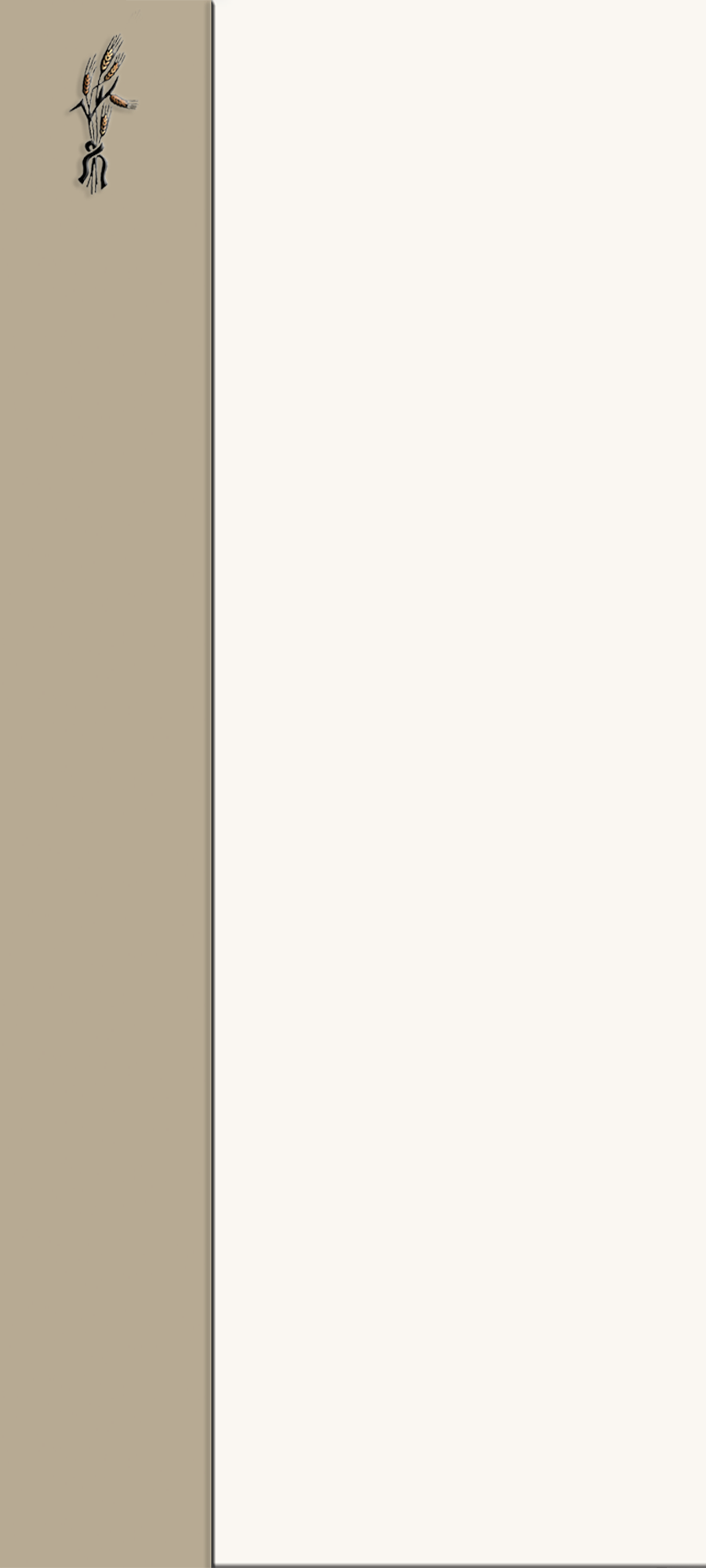Holodomor Survivors tell their Stories
The Holodomor was a very long time ago. Many question why so much time and energy is devoted to this issue. However, when we meet with survivors, when we hear them speak of their experiences, although we can never fully understand, it helps bring us closer to that period in history that had such an impact on what defines Ukrainians as a nation, and who they are today. The contribution of survivors to understanding the Holodomor is invaluable.
We thank the survivors who have participated in this project. By sharing their stories they have ensured that the truth of the Holodomor will be forever documented in the history books.
List of Survivors:
Natalia Avramenko (nee Ilchenko). Video
Describes collecting potato peels outside a cafeteria. Describes how the dead were collected in her village. Describes the defacement of statues of Soviet leaders.
Maria Boratynska (nee Myshalov). Video
Describes the dispossession of her neighbor. Describes how the authorities searched their home for food.
Evhenia Bozhenko. Video
Describes how her mother walked for miles to bring bread to the children. Describes what happened to people who tried to steal food.
Aleksandra Brazhnyk (nee Skrypnyk). Video
Describes the dispossession of her family. Describes the collection of corpses in her village. Explains what children were taught in school during and after the Famine.
Natalia Demyanenko (nee Malynovska). Video
Describes attempts to cross the Soviet-Polish border in search of food.
Michael Fediw. Video
Reads a poem he wrote about the Holodomor.
Maria Firman (nee Martyniuk). Video
Describes harassment of her father by the authorities. Describes her mother being beaten by a brigadier for taking grain stalks from a field. Describes her mother's and sister's death from starvation.
Halyna Huba (nee Didenko). Video
Describes the death and burial of her cousins. Describes how people were forbidden from collecting grain stalks in collective farm fields. Describes mass graves in villages.
Stefan Horlatsch. Video
Describes how his mother hid food to feed her family, and the harassment she faced at the hands of the authorities.
Oleksandra Jamniuk (nee Leyba). Video
Describes the collection of corpses from the streets of Kharkiv, where she was attending university. Describes how she was unaware that the Famine was man-made until arriving in Galicia in the late 1930s.
Maria Katchmar (nee Zeyko). Video
Describes the dispossession of her family. Explains how her neighbor saved their family from starvation. Describes mass graves in her village.
Luba Kachmarska (nee Maria Bortnyk).Video
Describes how the authorities spread poisoned powder on potatoes so that peasants would have nothing to eat. Describes how her mother hid potatoes in a hole under a fallen tree.
All Rights Reserved©2008 Ukrainian Canadian Congress
